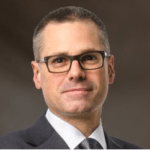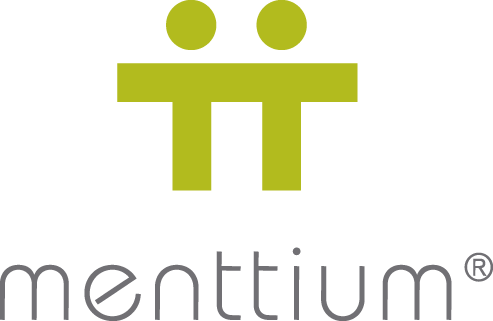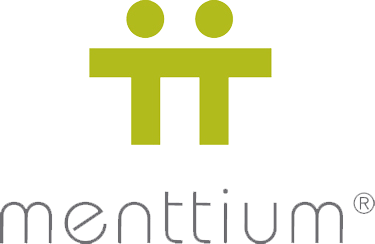06 Oct Intentional Communication in Leadership

Peter Vorbrich, CFO at CarVal Investors a $10 billion Cargill subsidiary shares insights on the importance of intentional communication in leadership. He discusses the value of adapting communication styles across leadership levels and cultures.
The Importance of Intentional Communication
Peter emphasizes that effective leadership hinges on intentional communication. He references the George Bernard Shaw quote:
“The single biggest problem in communication is the illusion that it has taken place.”
This highlights how easily misunderstandings can arise when we assume our message is received as intended.
Key Takeaways:
- Communication must adapt as leadership responsibilities grow.
- Remote and global teams require a more deliberate approach to building rapport.
- The weight of leadership words matters—senior leaders’ statements often carry more influence than intended.
Communicating Across Cultures
Peter’s experience leading a predominantly Japanese team taught him that cultural differences influence communication dynamics. He learned that if a leader shares their opinion first, subordinates may hesitate to offer differing perspectives, assuming the decision has already been made.
Tips for Cross-Cultural Communication:
- Encourage input by asking open-ended questions before stating your viewpoint.
- Avoid idioms and slang, which can confuse non-native speakers.
- Be concise in written communication, especially in multilingual environments.
The “Shadow of the Executive” – Why Leaders Must Always Be “On”
Peter shares a key leadership lesson:
Employees may only interact with senior executives once in their career—every interaction shapes their perception of leadership.
This means that leaders must be fully present and engaged, especially when visiting global teams.
How to Lead with Presence:
- Recognize that small gestures matter—a casual remark can be taken as an executive directive.
- Be aware of how body language and tone impact team morale.
- Understand that trust is built over time but can be lost in an instant.
Building a Culture of Trust
Peter highlights that trust-based organizations empower employees to thrive, whereas fear-based cultures stifle innovation. He recalls working in a company where leadership operated under the assumption that employees wouldn’t perform unless closely monitored.
Creating a High-Trust Workplace:
- Lead by example—be transparent and communicate clearly.
- Encourage autonomy—trust employees to manage their responsibilities.
- Foster open dialogue—allow team members to voice concerns without fear.
Practical Communication Strategies for Leaders
Peter shares actionable strategies for intentional communication:
- Define your purpose before entering a conversation: What do you want to accomplish?
- Craft an “elevator pitch”—be prepared to concisely articulate your work and impact.
- Help employees understand the “why” behind decisions—context strengthens engagement.
- Acknowledge your impact—leaders must recognize how their words shape team morale and decisions.
Final Leadership Advice
Peter leaves aspiring leaders with this key message:
As organizations grow, communication requires more intentionality. The more senior you become, the more critical it is to be clear, precise, and inclusive in your messaging.
By focusing on intentional communication, leaders can build trust, foster collaboration, and drive meaningful change.
Additional Podcast Recommendations
- Effective Cross-Cultural Communication | Gerardo Soula
- Inclusive Leadership in Corporate America | Craig Warren
- Courageous Conversations | Gloria Cotton
About Peter Vorbrich
Peter Vorbrich is a seasoned financial leader, mentor, and philanthropist. As CFO at CarVal Investors, a $10 billion Cargill subsidiary, he led global teams, optimized efficiency, and spearheaded financial transformations. Known for building trust and fostering strong relationships, he now mentors entrepreneurs and serves on nonprofit boards, using his expertise in governance, leadership, and financial management to drive meaningful change.


